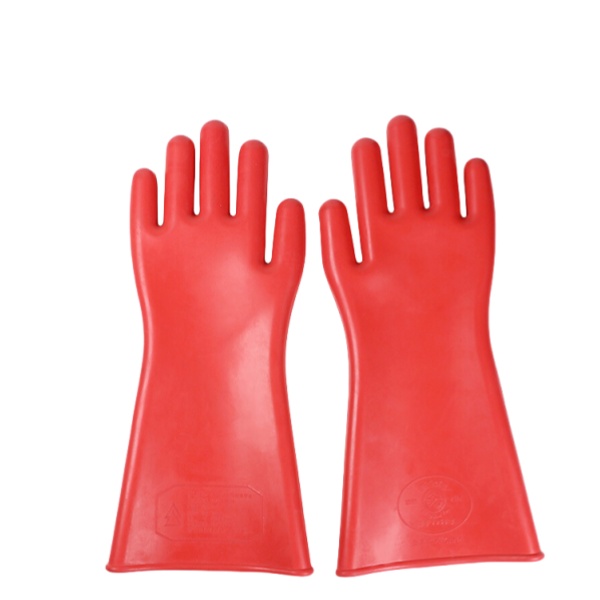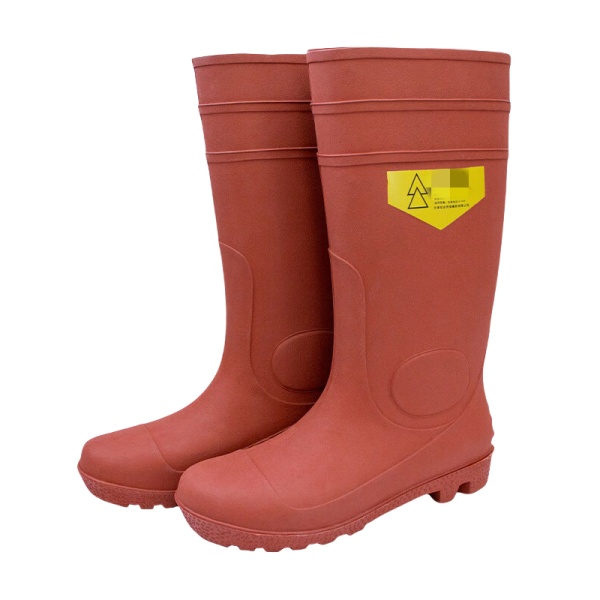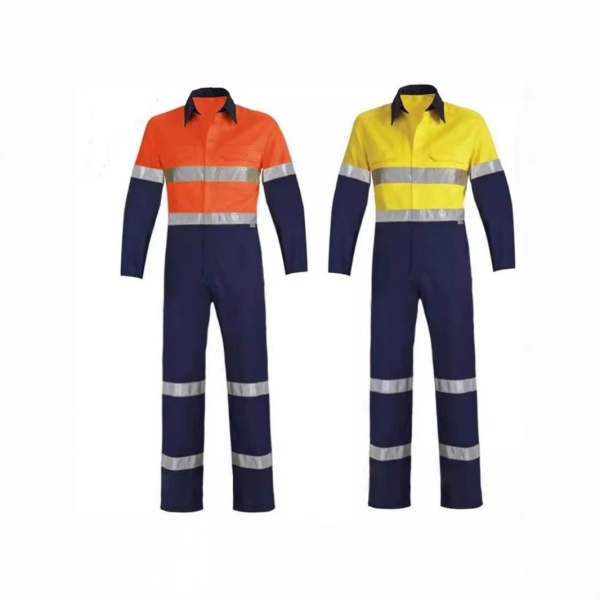
Insulated Gloves, Boots, and Clothing
Insulated gloves, dielectric boots, and arc-rated clothing are specialized forms of Personal Protective Equipment (PPE) that are absolutely non-negotiable for the safety of personnel working in the power utility sector. They provide crucial barriers against the severe electrical hazards of shock and arc flash.
1. Insulating Gloves (Rubber Insulating Gloves)
These are the primary defense against electric shock when working on or near energized electrical conductors. They are meticulously designed and tested to provide a high level of electrical insulation.
Construction: Made from high-quality natural rubber (latex) or synthetic rubber. They are typically seamless to prevent pathways for electrical current.
Voltage Ratings (Classes): Insulating gloves are classified by the maximum voltage they can protect against, as defined by international standards like ASTM D120 (Standard Specification for Rubber Insulating Gloves) and IEC 60903 (Live working - Gloves of insulating material). It's critical to use the correct class for the voltage being worked on.
Class 00: 500 V AC max use voltage (2,500 V AC test)
Class 0: 1,000 V AC max use voltage (5,000 V AC test)
Class 1: 7,500 V AC max use voltage (10,000 V AC test)
Class 2: 17,000 V AC max use voltage (20,000 V AC test)
Class 3: 26,500 V AC max use voltage (30,000 V AC test)
Class 4: 36,000 V AC max use voltage (40,000 V AC test)
Categories (ASTM D120): In addition to voltage classes, gloves can be categorized by their resistance to specific environmental factors:
Type I: Non-resistant to ozone
Type II: Ozone resistant
RC: Resistant to Ozone, Acid, Oil, and Low Temperatures
D: Resistant to Acid
O: Resistant to Ozone
H: Resistant to Oil
Leather Protector Gloves: Always worn over the rubber insulating gloves. These are tough leather gloves that protect the delicate rubber from cuts, abrasions, punctures, and mechanical damage. They are not for electrical insulation themselves.
Cotton Liner Gloves: Often worn underneath the rubber insulating gloves for comfort, to absorb perspiration, and to make donning/doffing easier.
Maintenance: Insulating gloves require rigorous and regular inspection and testing (visually, air-testing by the user before each use, and periodic dielectric testing by a certified lab, typically every 6 months). They have an expiration date and must be stored correctly (flat, in a bag, away from ozone, sunlight, and extreme temperatures).
2. Dielectric Safety Boots (Electrical Hazard Rated Footwear)
While not providing the same direct insulation as gloves for hands-on work, dielectric boots are designed to provide a secondary layer of protection against electrical shock from ground contact.
Construction: Typically constructed with non-conductive materials in the sole and heel. They lack any conductive materials (like metal shanks) that could create a path for electricity.
Rating: They are often marked with an "EH" (Electrical Hazard) rating in the US (meeting ASTM F2413 standards). This means the outsole is designed to reduce the flow of electricity through the boot, providing a secondary protective layer at certain voltage levels (e.g., capable of withstanding 18,000 volts at 60 Hz for one minute with no current flow or leakage in excess of 1.0 mA in dry conditions).
Safety Features: Like other safety footwear, they typically include:
Protective Toes: Steel, composite, or alloy toes to protect against impact and compression. For electrical work, composite toes are often preferred to avoid any conductive material.
Puncture-Resistant Soles: To protect against sharp objects.
Slip Resistance: Crucial for various work environments.
Lineman Boots: A specific type of safety boot designed for linemen, often taller for ankle support, with features optimized for climbing poles (e.g., defined heel, specific sole patterns for gaffs). These will also typically have an EH rating.
3. Arc-Rated (AR) or Flame-Resistant (FR) Clothing
This clothing is designed to self-extinguish when exposed to flames and, more importantly, to provide thermal insulation and prevent second and third-degree burns from the intense heat of an arc flash event. It is not electrically insulating, but it protects against the thermal hazard of an arc.
Arc Thermal Performance Value (ATPV) or Energy Breakopen Threshold (EBT): These ratings (in cal/cm²) indicate the amount of incident energy from an arc flash that the fabric can withstand before causing a second-degree burn. The required ATPV/EBT depends on the calculated arc flash hazard at the work location (e.g., 8, 20, 40, or even 100+ cal/cm² for higher hazard levels).
Materials: Made from inherently flame-resistant fibers (e.g., Nomex, Modacrylic, Aramids) or treated flame-resistant cotton.
Types of Clothing:
Daily Wear: Arc-rated shirts, pants, and coveralls worn as primary work clothing.
Outerwear: Arc-rated jackets, coats, rainwear, and high-visibility vests for additional protection and weather conditions.
Layering: Proper layering of AR/FR clothing can increase the overall arc rating. Only AR/FR garments should be worn underneath outer AR/FR layers. Non-FR clothing (like cotton or synthetics) can ignite and melt, exacerbating burn injuries.
Standards: Must comply with standards such as:
NFPA 70E (Standard for Electrical Safety in the Workplace): Outlines arc flash hazard analysis and PPE requirements.
ASTM F1506 (Standard Performance Specification for Flame Resistant and Arc Rated Textile Materials for Wearing Apparel for Use by Electrical Workers Exposed to Momentary Electric Arc and Related Thermal Hazards): Defines testing and performance requirements for arc-rated fabrics.
ASTM F1959: Test method for determining the arc rating.
IEC 61482-1-2 (Box Test Method) or IEC 61482-1-1 (Open Arc Test Method): European standards for arc protection.



